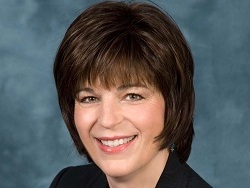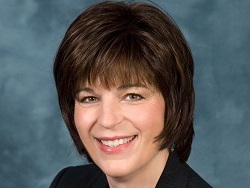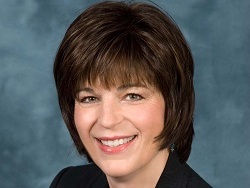


Think about a time when you accomplished something that was difficult for you. How did you feel when you were successful for the first time? Proud? Excited? Empowered? Ready to tackle something new? Now, think about a learning experience that you had where you learned something new, but your success was not acknowledged or celebrated. How did that make you feel? Unappreciated? Undervalued? Ignored?
When a baby learns to walk, the parents encourage and positively reinforce the taking of steps. The baby is not punished when he teeters and falls down. He is encouraged to get up and try again, and there is much celebration when he walks across the entire floor to the parents’ outstretched arms. Learners of all ages respond to that same type of encouragement and celebration.
You have heard the old adage “Success breeds success.” The reason you’re still hearing it is because it is true. When students feel successful, they are more likely to feel confident in their continued growth as a learner.
A simple way to celebrate learning in the classroom is to have students cheer for each other. When teachers encourage students to celebrate each others’ successes by cheering, there is an emotional boost for everyone involved. When you add kinesthetic actions to the cheer, this action provides a physical boost by sending more oxygen and glucose to the brain. This often results in fun and laughter. Laughter releases neurochemical transmitters called endorphins, which leads to feelings of happiness and well-being.
Here are ten simple cheers that you could put actions to:
As far as the brain is concerned, actions speak louder than words. The encouragement and celebration must therefore be authentic, because the brain knows the difference. As a parallel processor, the brain absorbs information on both conscious and unconscious levels simultaneously. It responds not only to the words someone is saying, but also to their body language and tone of voice. So make sure that your praise is authentic and your tone of voice and body language match the positive words you are saying.
Celebration is important for students of all ages, so celebrate heartily as often as possible. Your students will feel successful and empowered to take the risks involved in learning new skills. Rock on!
Adrianne Roggenbuck, a former teacher, is a training consultant with The Bob Pike Group.
Don't miss out on updates and chances
to sharpen your skills with participant-centered learning.




3740 N Chestnut St #113 - Chaska, MN 55318-3053